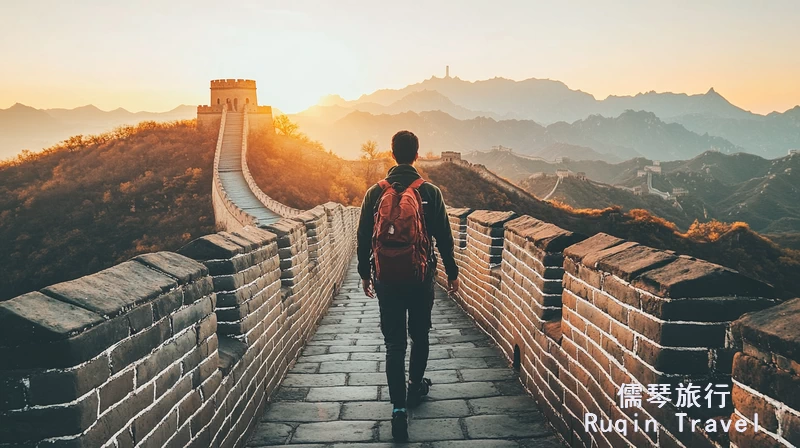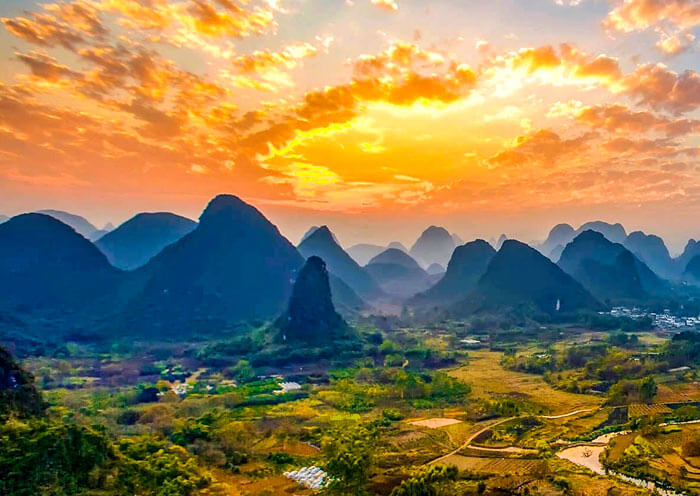20 Great Facts To Discover Hidden Food Gems in China
20 Great Facts To Discover Hidden Food Gems in China
Blog Article
Top 10 Tips For Street Food Safety In China
1. Choose Busy VendorsTip: Opt for vendors with long lines and high turnover, as fresh ingredients are more likely to be used.
Pro A high turnover rate indicates freshness, and popularity among locals.
Con: Waiting in line can be a time-consuming experience.
2. Observe Hygiene Practices
Do not handle food with hands that aren't fully covered by vendors.
Pro: Reduces the chance of contracting foodborne illness.
Cons: You could be facing limited options due to high standards of hygiene.
3. Avoid Uncooked Foods
Avoid eating raw foods such as raw vegetables, raw meats and eggs that are raw.
Pros: Cooked food is less likely to produce food poisoning.
Cons: Few choices. Certain raw foods, such as sashimi salads and cold sashimi could be attractive.
4. Inspect Ingredients
Tip: Look at the appearance and smell of the food items. Fresh foods must have a bright appearance and no unpleasant smell.
It is best to avoid low-quality or unrefined ingredients.
Con: Can be difficult to judge freshness without prior experience.
5. Get Bottled or Boiled Drinks
Beware of drinking tap water. Instead, opt for bottled beverages, canned drinks, and teas that are made from boiled or chilled water.
Pro: Prevents waterborne diseases.
Cons: You have limited choices for beverages, especially in street stands.
6. Start Small
Tip: Start with a small amount of an unfamiliar food to see how you feel.
Benefits: Reduces risk of developing serious digestive issues.
Con: Food that's delicious and safe could not be enough to satisfy your cravings.
7. Avoid Ice in Drinks
Tips: Avoid the ice cubes because they are made from untreated tap water.
Pro: Prevents water sources from contamination.
Con: Drinks will be less refreshing if it is hot.
8. Pick Items that are freshly cooked
Tips: Choose food that has been prepared directly in front of your eyes.
Pro: Lowers the risk of exposure to contaminants over a long period.
Con: Some street food items can be difficult to avoid or difficult to resist.
9. Hand Sanitizers for Carrying
Before eating, make use of hand sanitizers as well as wet wipes to clean your hands. This is especially important in the absence of facilities for washing your hands.
Pro: Reduces the chance of transmitting bacteria from your hands onto your food items.
Con: It may be difficult to transport additional items.
10. Be awestruck by your instincts
Tips: If something appears or smells bad, don't eat it, no matter how tempting it might appear.
Pro: You can avoid food items that can cause you to become sick.
Con: It can lead to over-caution, which can result in you missing the real-world experiences.
Street Food in China is an excellent way to eat.
Street food is inexpensive and tasty.
It is easy to get a quick lunch and snack from vendors who are all over.
Cultural Experience Street food is a great way to immerse you into local food culture and customs.
Different Options Different Options Jianbing (savory crepes) to Chuan'r (grilled skewers) The variety is unparalleled.
Pros and Cons of Street Food Eating in China
Health Concerns: Foodborne illnesses are a possible risk particularly in less reliable establishments.
Risk of a reaction to allergens Some ingredients are not disclosed. This poses a risk for those with allergies.
Language Barriers can make it hard to convey ingredients or methods.
Overeating Temptation: The wide of options can cause you to eat too much which can upset your stomach.
It is possible to enjoy China's street food culture in a healthy manner by following these safety precautions. Have a look at the top visit this popular travel spot for site info including shopping in tibet, shanghai portman acrobatic show one of the best acrobatic shows in shanghai, shopping in dunhuang, datong beijing high speed railway schedule and timetable, honey lake country club, datong beijing high speed railway schedule and timetable, chinese festival cuisine, ganden temple, zechawa valley tour route, chinese wood carving originated in neolithic period and more.
Top 10 Tips To Avoid Fees, Photography Guidelines And The Trip To Temples In China
1. Entertainment Fees: The most popular temples have a charge to enter, which can be as high as Y=20 to 200 Y. It's possible to estimate your budget if you research the ticket prices.
Pro tip: Avoid unexpected costs by making sure you have the right quantity of cash as well as the digital payment.
Con: Unexpected additional expenses, such as special costs for exhibits can be encountered.
2. Bring cash or digital payment
Tip: Some temples do not accept credit cards or other popular Chinese payment methods, such as WeChat Pay.
Pro: No payment delays.
Cons: Not many choices for those unfamiliar with digital payments.
3. Photography signs can be found by searching for them.
Be sure to read the signage for any restrictions on photography. Some temples prohibit photography within sanctuaries or around sacred artifacts.
Pro: Prevents accidental disobedience and rule-breaking.
Con: Some rules differ in particular areas of the temple. Attention to detail is essential.
4. Avoid Flash Photography
If photography is allowed in a particular area, you should stay clear of flash. It can damage the artwork, or cause disturbance to worshipers.
Pro: Helps preserve and enhance the temple's surroundings.
Con: Low-lighting can lead to less-than-ideal photographs.
5. Respect Worshippers Privacy
If you don't have permission do not take pictures of people participating in religious ceremonies.
Pro: Shows an understanding of culture and respect for the privacy of one's own space.
Cons: You might not be able to capture the full atmosphere of the temple.
6. Drone restrictions will be in place
Tip: Drone usage is typically prohibited in temples. It is recommended to check local rules before utilizing one to shoot aerial images.
Pro: You will not be fined or face the confiscation of your drone.
Pros: There are a limited number of angles from which to shoot.
7. Plan for additional charges
Tips Some temples require additional fees for photography permits. This is especially relevant to equipment such as DSLRs and tripods.
Pro Tip: Ensure that you have the ability to take high-quality photos legally.
Con: Increasing general travel costs.
8. Dress in a modest manner
Tips: Proper attire is crucial in temples. Inappropriate clothing could result in the restriction of entry or even a the refusal of entry.
Pro: It displays respect for the environment of religion and assists you in blending with the crowd.
Con: May require extra preparation, especially in the summer heat.
9. Avoid Crowded Times when Taking Photographs
Tips: Try to go early in a morning or in the late afternoon, to stay clear of crowds. You'll be able to get better pictures with less distraction.
Improves quality of experience and photos.
Con: Needs to adjust your timetable, which might not be ideal in all situations.
10. You may ask permission If you aren't sure
Tip: When in doubt about photography rules, ask temple staff or signs for clarification.
Pro: You will prevent unintentionally breaking rules.
Con: Language barriers might make communication difficult.
The negatives of paying fees and photography guidelines
Respect cultural diversity:
Artifact Preservation: Protects fragile structures and artifacts from damage.
Positive Experiences: Avoids confrontations with temple staff or worshippers.
Legal Compliance: Avoids fines and penalties for violating photography rules.
Cons of Keeping Fees in Mind and Photographic Rules
Additional charges: Entry fees or photography permits can be a significant amount.
Restricted Creativity: Limitations may hinder the ability to get the perfect shot.
Language Barriers: Difficulty understanding local signage or interacting with staff.
It is a time-consuming task to research and preparing for the future requires additional effort.
The observance of photography rules and fees allows you to enjoy an an enjoyable and respectful experience in China's beautiful temples. They will also be protected for their cultural, spiritual, and historical authenticity. Read the top learn why this spot is so famous for site info including the top 4 movies about kung fu and chinese culture, luoyang peony and wangcheng park, kashgar tour maps, chaotianmen dock%EF%BC%8C a major water transportation hub in chongqing, wuxi a shining pearl of taihu lake, anren ancient town, weaponry of iron age iron cannon iron armour and warships, eating in shangri la, the song of everlasting sorrow the famous long narrative poem, shenzhen golf club and more.